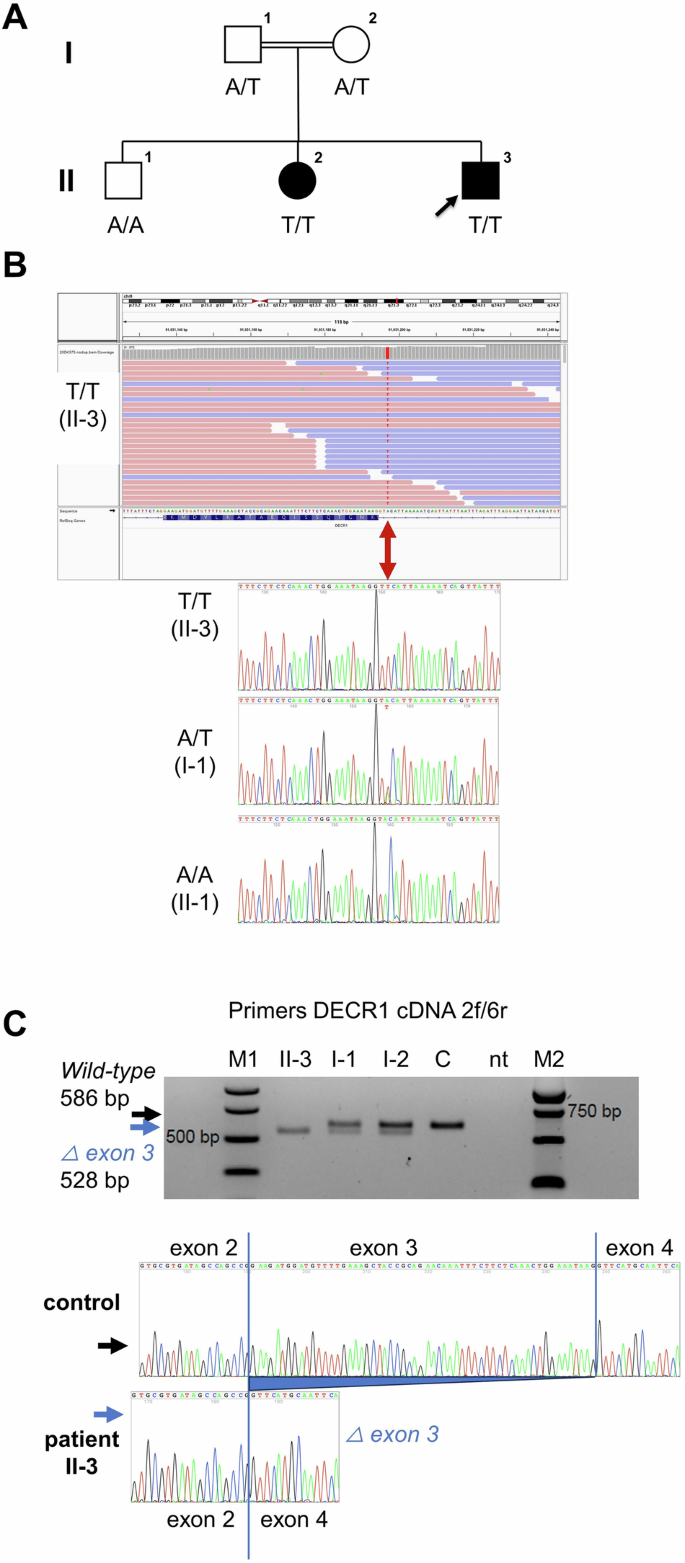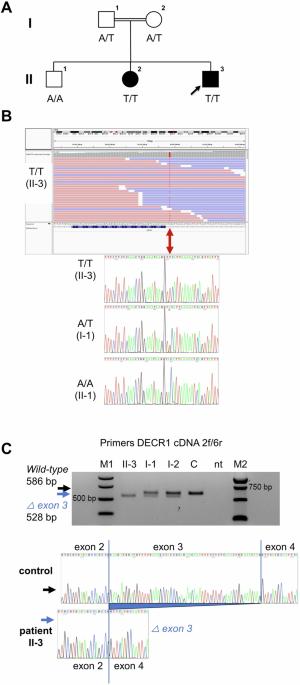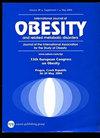Steatotic liver disease associated with 2,4-dienoyl-CoA reductase 1 deficiency
IF 4.2
2区 医学
Q1 ENDOCRINOLOGY & METABOLISM
引用次数: 0
Abstract
Metabolic dysfunction-associated steatotic liver disease (MASLD) is considered multifactorial with a number of predisposing gene polymorphisms known. The occurrence of MASLD in 7 and 10 year old siblings, one without classical risk factors and one with type 2 diabetes suggested a monogenic etiology and prompted next-generation sequencing. Exome sequencing was performed in the proband, both parents and both siblings. The impact of a likely disease-causing DNA variant was assessed on the transcript and protein level. Two siblings have hepatomegaly, elevated serum transaminase activity, and steatosis and harbor a homozygous DECR1 splice-site variant, c.330+3A>T. The variant caused DECR1 transcript decay. Immunostaining demonstrated lack of DECR1 in patient liver. These patients may represent the first individuals with DECR1 deficiency, then defining within MASLD an autosomal-recessive entity, well corresponding to the reported steatotic liver disease in Decr1 knockout mice. DECR1 may need to be considered in the genetic work-up of MASLD.


与 2,4-二烯酰基-CoA 还原酶 1 缺乏症相关的脂肪肝
背景代谢功能障碍相关性脂肪性肝病(MASLD)被认为是一种多因素疾病,目前已知有多种易感基因多态性。对疑似患者、父母和兄弟姐妹进行了外显子组测序。结果两兄妹均有肝肿大、血清转氨酶活性升高和脂肪变性,并携带同型DECR1剪接位点变异c.330+3A>T。该变异导致 DECR1 转录本衰减。免疫染色显示患者肝脏中缺乏 DECR1。结论这些患者可能代表了首例 DECR1 缺乏症患者,从而在 MASLD 中定义了一种常染色体隐性遗传病,与已报道的 Decr1 基因敲除小鼠脂肪肝非常相似。在MASLD的遗传学检查中可能需要考虑DECR1。
本文章由计算机程序翻译,如有差异,请以英文原文为准。
求助全文
约1分钟内获得全文
求助全文
来源期刊

International Journal of Obesity
医学-内分泌学与代谢
CiteScore
10.00
自引率
2.00%
发文量
221
审稿时长
3 months
期刊介绍:
The International Journal of Obesity is a multi-disciplinary forum for research describing basic, clinical and applied studies in biochemistry, physiology, genetics and nutrition, molecular, metabolic, psychological and epidemiological aspects of obesity and related disorders.
We publish a range of content types including original research articles, technical reports, reviews, correspondence and brief communications that elaborate on significant advances in the field and cover topical issues.
 求助内容:
求助内容: 应助结果提醒方式:
应助结果提醒方式:


